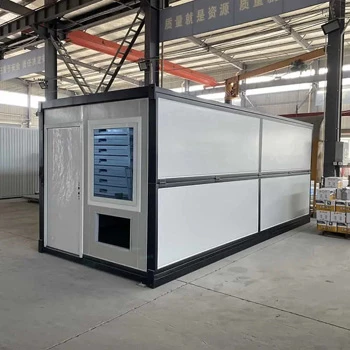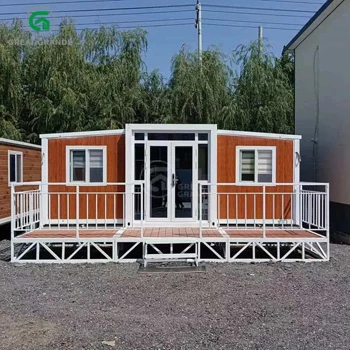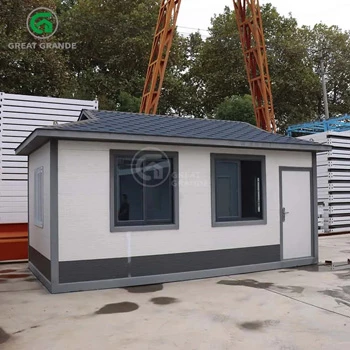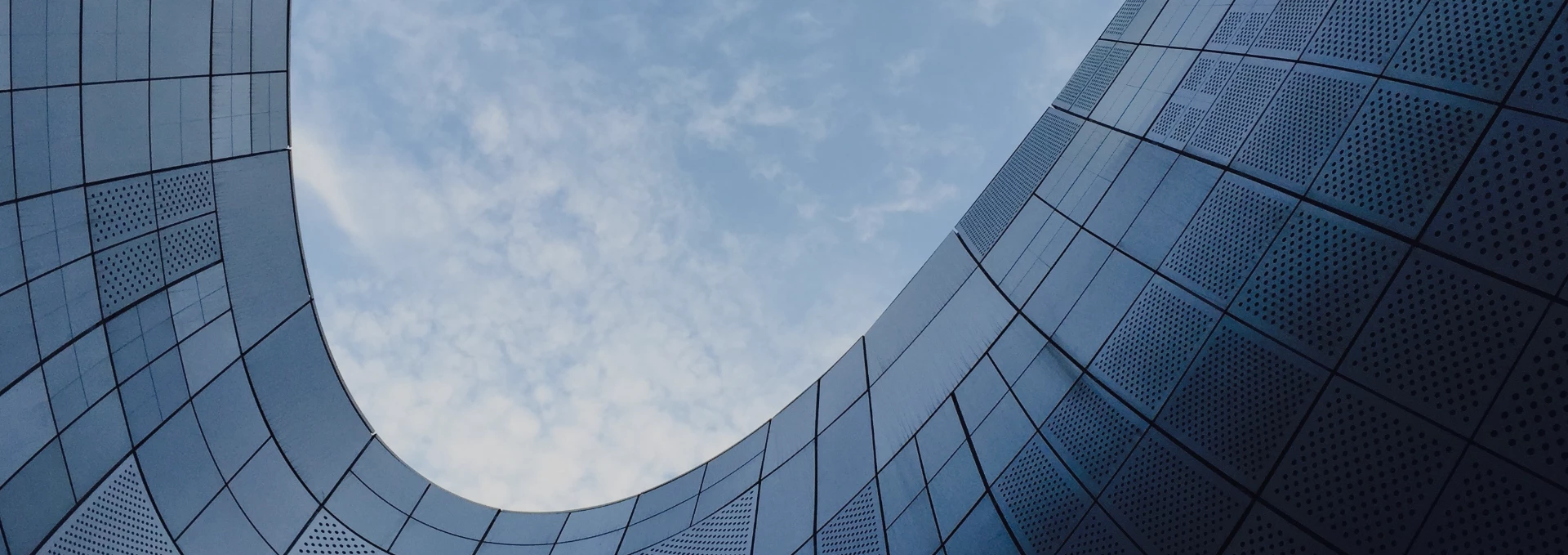The sustainability of container house has many advantages, but also some challenges.
Vorteile:
Resource reuse: Container house use discarded shipping containers that would otherwise be discarded or treated as waste. By reusing these materials, the need for new building materials is reduced, thereby reducing resource waste.
Space saving: Containers are designed to be easily stacked and moved, and movable container house can make efficient use of space in urban environments. By stacking containers vertically, land use efficiency can be maximized.
Energy efficiency: The container itself is made of metal, and its good insulation and heat preservation properties can effectively reduce the energy consumption of buildings. In addition, container houses can be equipped with green energy facilities such as solar panels to further improve energy efficiency.
Fast construction: Modular container house can be prefabricated and quickly assembled, reducing construction time and labor costs. This is a major advantage for emergency housing needs or temporary facilities.
Low carbon emissions: Compared with traditional building materials, the use of containers reduces carbon emissions during the construction process. During the construction and renovation of container houses, the transportation and processing of materials are relatively simple, and the overall carbon emissions are low.
Challenges:
Insulation and ventilation issues: The metal material of the container is prone to large temperature changes. It may be very hot in the summer and cold in the winter. Additional insulation treatment is required to improve comfort and ensure good ventilation.
Space limitation: Although containers are modular, the space of a single container is relatively small. To provide a larger living space, multiple containers may be required, which increases the complexity and cost of construction.
Structural modification requirements: The container itself is not designed for residential use and requires structural modifications, such as installing windows, doors, partitions, etc. These modifications may affect its original durability and safety.
Environmental adaptability: Fertigcontainerhaus may need to be adapted to different geographical environments, especially in harsh climates, where these houses may require more design and material investment.
As an innovative construction method, container houses have certain sustainability advantages in terms of resource reuse and construction speed. At the same time, they also face some challenges in terms of comfort and maintenance issues during long-term use.






